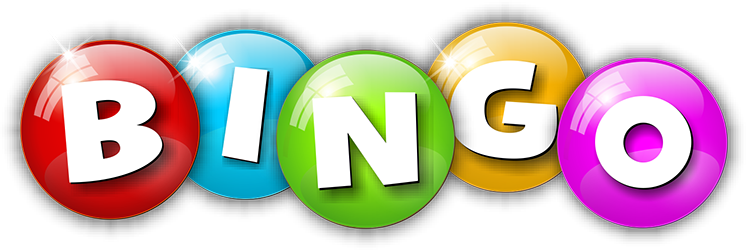 Revision – it’s part of the learning process. But, how can teachers make this, often mundane task, enjoyable for learners in the classroom?
Revision – it’s part of the learning process. But, how can teachers make this, often mundane task, enjoyable for learners in the classroom?
This particular post is about a brilliant revision activity that I read about recently (via @lessontoolbox): revision bingo. The game is excellent for so many reasons!
- zero preparation to set up (always a bonus!)
- it can be used in any language lesson which has had some previous input of the topic being revised, including ESOL, ESL and in KS3, KS4 and KS5 French, German, Spanish or other modern language classrooms
- use it to revise previously taught vocabulary, sentence structures, grammatical structures, tenses and so much more
How does revision bingo work?
The activity is actually very simple and requires minimal resources, as well as minimal preparation. Use it at the beginning of a lesson to revise the previous lesson’s input, as a plenary to revise what has been learnt during the lesson, or use it the end of a unit or end of the year to revise for tests and exams.
Resources
- Pen
- A5 sheet of paper/page in an exercise book
- Ruler and pencil (optional)

Instructions To Play
- Ask each students to draw a grid on their paper
Give number of boxes and approximate sizes, depending on how many ideas you are looking for and whether you require a word or sentence in each box. I wanted 12 boxes to fit words with their gender in for a German lesson (see image) - Give students the theme/topic which they must write down as a title
For example:
To revise vocabulary: Rooms in the house or Shops in town
Revising tenses: holidays – past tense sentences
To revise grammar: rules for adjective endings in German - Allow students a certain amount of time to fill in the gaps individually
Go around the room ensuring students are not using resources to help them, but are filling out the boxes, offer support where necessary. Make notes on a piece of paper of common elements produced, as well as ‘gems’ to use in the game of bingo later.
- When time is up, read out words/phrases/rules related to the topic you set (in the form of bingo) and add them to the board as you go along.
Students must cross the words/phrases/rules out on the paper as they hear them. I used 12 boxes as a guide for a year 10 German GCSE group. Give a prize to the first student with a line (4), a diagonal (3), as well as a full house (12). As a challenge, you could get students to translate as you are going along OR ask the word in English and someone with the target language word must say the word in that language. - To complete, ask students to use the words/phrases/rules they didn’t have on their paper to fill any gaps in knowledge
Do this as a speaking or writing activity, individually, in pairs or in groups
If you’d like to download a copy of the instructionsthat I show to students, you can download that here > Revision Bingo Instructions for Students (1962 downloads )
Have you ever played Revision Bingo in the language classroom?
What are your go-to revision activities in the classroom?
What variations would you make to make the game of revision bingo even better in the languages classroom?
Let me know in the comments!
Join TheIdealTeacher.com’s mailing list below to keep up-to-date with the latest teaching activities and ideas!





